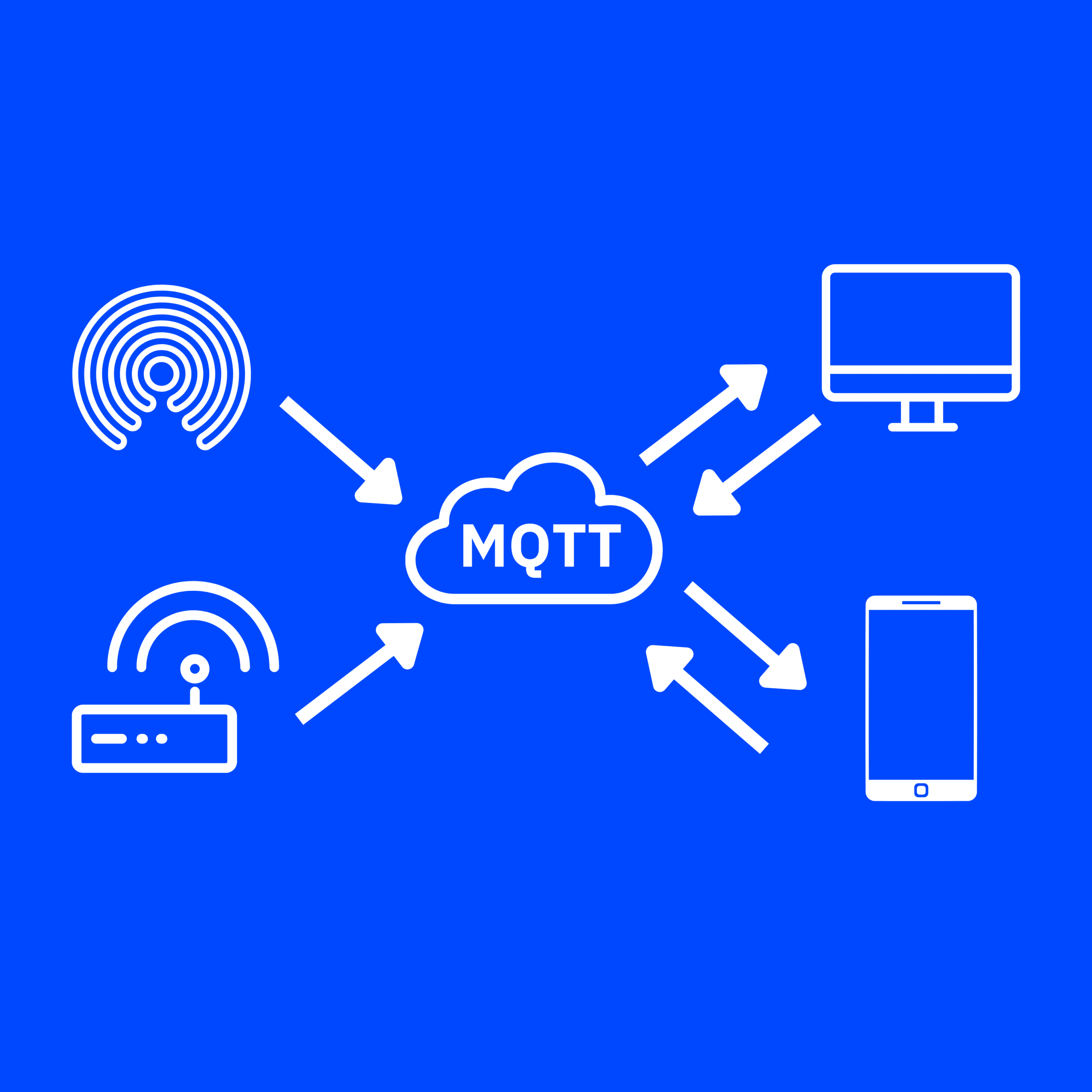The Internet of Things (IoT) has become an essential component of many industries, enabling businesses to optimize operations, improve efficiency, and streamline workflows. One of the most critical components of the IoT is messaging protocols, which enable devices to communicate with each other and transmit data in real-time. MQTT (Message Queuing Telemetry Transport) is one such protocol that is gaining traction in the IoT world, and it is poised to revolutionize the Industrial Internet of Things (IIoT) in the following five ways:
Efficient Data Transmission:
MQTT is a lightweight protocol that uses small packet sizes and minimal network overhead, making it ideal for low-power devices and networks with limited bandwidth. This means that devices can transmit data more efficiently, which is critical for the IIoT, where large amounts of data are generated and transmitted.
Scalability:
MQTT’s publish-subscribe architecture makes it highly scalable, allowing multiple devices to publish and subscribe to different topics, making it easier to manage and control large-scale IIoT deployments. This scalability makes MQTT an ideal choice for businesses looking to grow their IIoT networks.
Flexibility:
MQTT’s flexible architecture allows it to be used in a wide range of IIoT applications, from industrial control systems to smart building management. MQTT’s ability to transmit data in real-time also makes it ideal for applications that require immediate responses or actions, such as security systems and remote monitoring.
Low Latency:
With MQTT, devices can receive messages as soon as they are published, resulting in low latency and faster response times. This low latency makes MQTT ideal for applications where real-time data is critical, such as predictive maintenance, equipment monitoring, and supply chain management.
Compatibility:
MQTT is widely supported by many IoT platforms and devices, making it an attractive option for businesses looking to build their IIoT infrastructure. Its compatibility with other IoT protocols, such as CoAP and HTTP, also makes it easy to integrate with existing systems.
Conclusion:
MQTT is poised to revolutionize the IIoT, offering businesses an efficient, scalable, flexible, low-latency, and compatible messaging protocol for their IIoT deployments. As IIoT applications continue to evolve, MQTT will play an essential role in enabling businesses to optimize operations, improve efficiency, and streamline workflows. With the rise of IoT and IIoT, MQTT is one of the most exciting protocols that will revolutionize the way businesses operate and offer value to customers.

